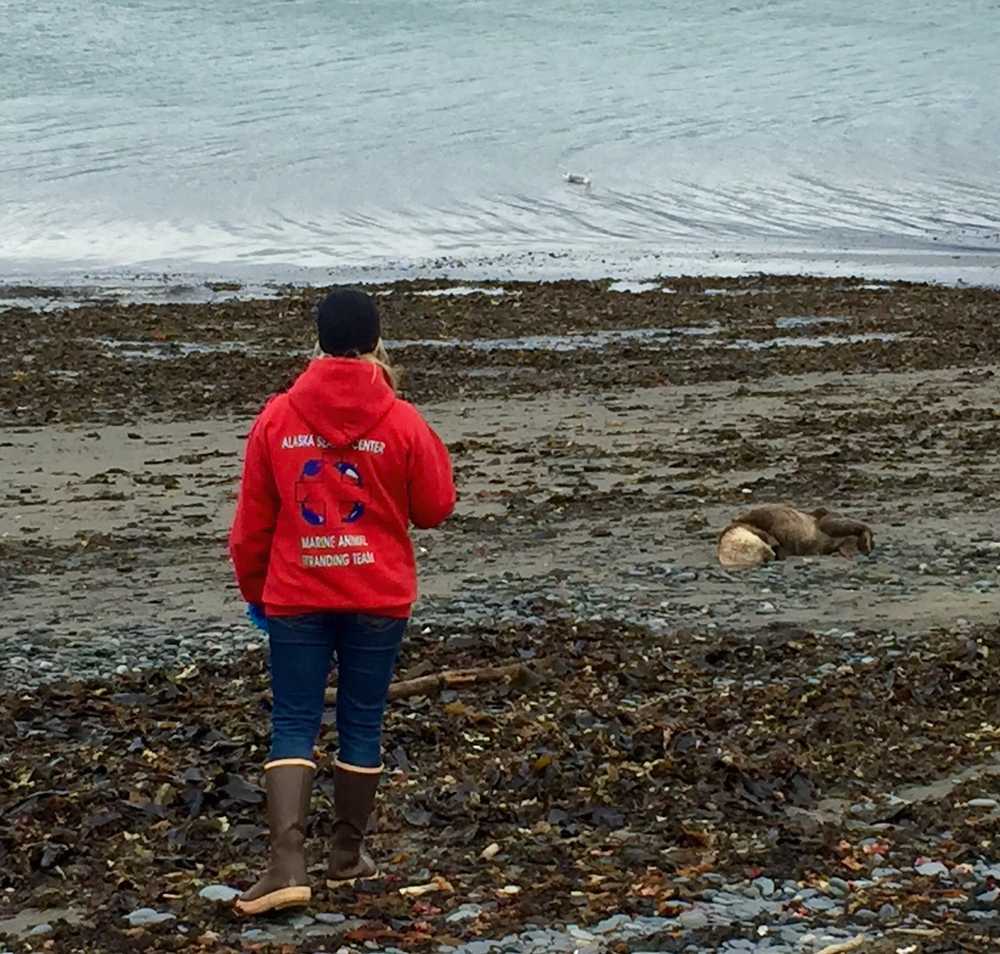HOMER, Alaska (AP) — Scientists are turning to the public for help dealing with sick and dead otters in Alaska.
The U.S. Fish and Wildlife Service officials say they have recently received about 200 reports of sick or dead sea otters in the Kachemak Bay region.
“We’re finding otters all over the Homer area,” said Marc Webber of Homer. “They’re found from outer Bishop’s Beach all the way around the spit on both sides and around the shores of Mud Bay, so pretty wide spread.”
Webber, Deputy Refuge Manager for the Alaska Maritime National Wildlife Refuge, and a group of trained volunteers try to keep people away from sick otters and get a veterinarian to euthanize the animals if necessary.
Some of the otters are turning with neurological conditions that cause them to twitch, said Webber.
The Fish and Wildlife Service is working with Alaska Sea Life Center in Seward and running tests to find out what’s hurting the animals. They expect results in the next few weeks.
They dying otters could be an indicator that something is wrong with the entire ecosystem, according to Webber.
The Alaska Sea Life Center has been tracking a streptococcus illness in Kachemak Bay otters for a while now, but what’s happened since August is something new, said veterinarian Cari Goertz.
“This summer started off fairly typical with … a few otter carcasses being found every week,” said Goertz.
“However, as the summer went on into August and September we were getting up over 20 carcasses or moribund animals each week.”
“And it’s in those animals that we’ve seen different presentations,” she added.
Goertz said she’s been noticing more animals that had been generally healthy but died suddenly.
“Something is hitting them harder and faster, in addition to the disease that we’re familiar with seeing, something else seems to be involved,” Webber said. “That’s just speculation, we don’t have any evidence yet, but that’s what we’re seeing on the beach.”

